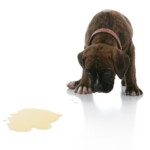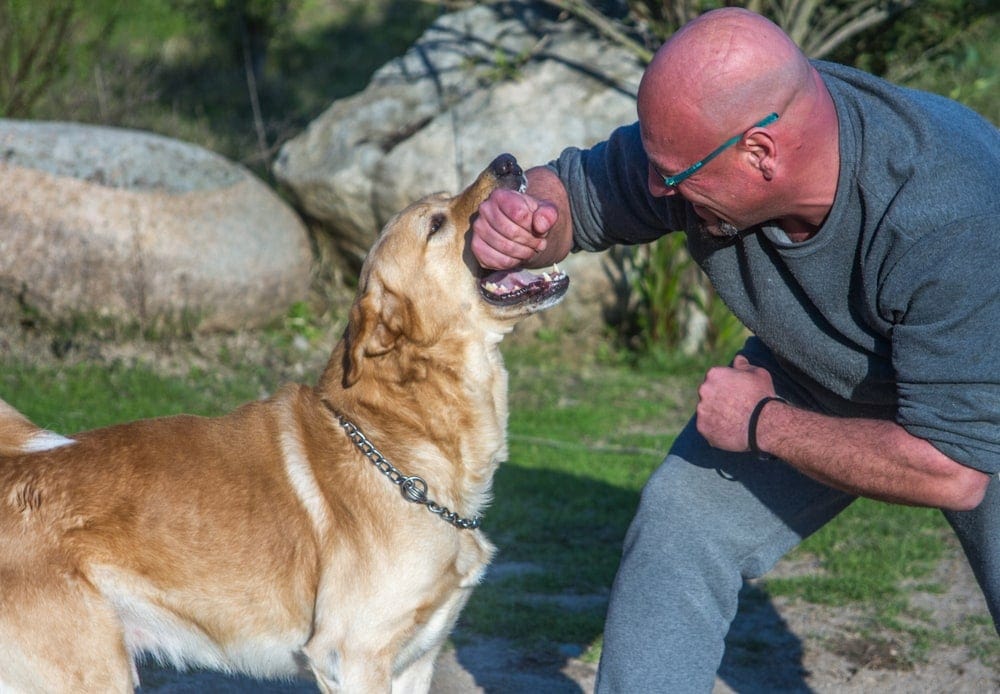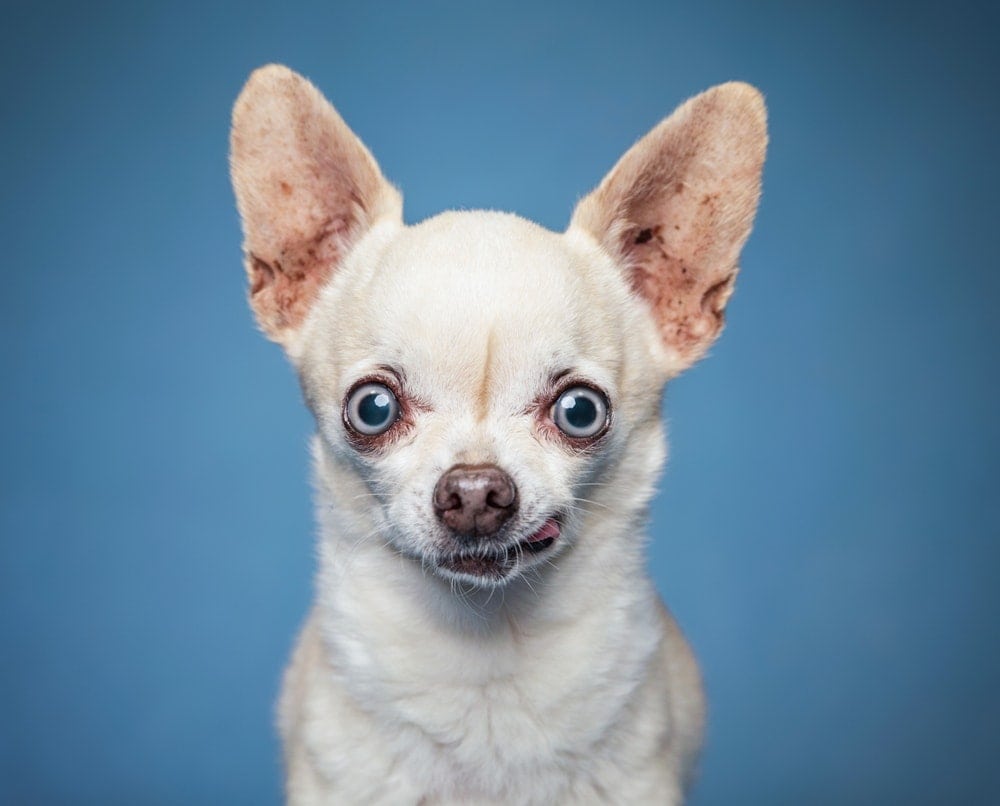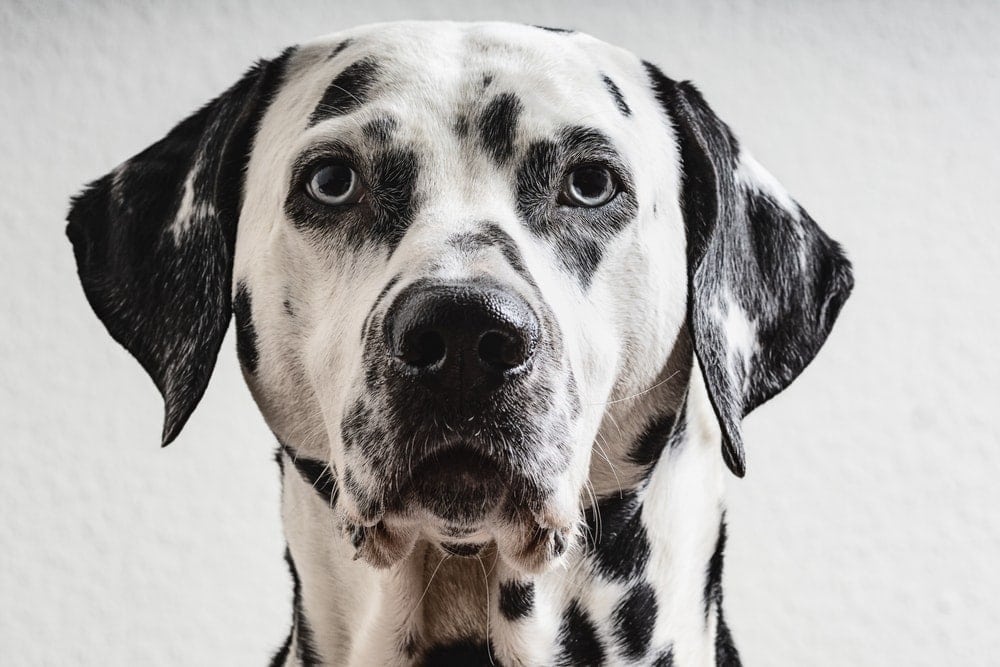When you are paying $700 to $1500 for a pure Labrador, then you want to make sure that you are getting what you are paying for.
The question is, how do you check to make sure that they are a purebred? It may seem like a daunting task but you will need to see their pedigree papers, do a visual assessment, and get its DNA test, and make sure that who you are buying the door from is a reputable breeder.
How to Know if Your Labrador Is a Purebred
- Color: A purebred Labrador will only come in three colors, which are black, chocolate, and yellow. If the dog is any other color or combination of colors, then they are not purebred. The black Labrador is generally a deep black shade, yellow Labradors range from fox-red to light cream with different shades on their backs, ears, and bellies, and the chocolate Labrador ranges in color from light to dark brown.
- Coat: They will have a dense coat that will protect them from water, ground cover, and cold weather. The top layer is short and straight with the undercoat being soft so their natural body oils can repel moisture.
- Disposition: The purebred Labradors were bred to find downed waterfowl for a hunter so they will show an instinct to retrieve, swim through streams and lakes, and run through overgrown terrain to fulfill what it was bred to do. They have an even temperament, are friendly and amicable, and are great for families with small children.
- Confirmation: For a male purebred Labrador, the top of the shoulder be 22 ½ to 24 ½ inches with the female being an inch shorter. The male will generally weigh between 65-80 pounds; the female 55-70 pounds. The muzzle is medium length with a full-colored brown or black nose on top of their square, wide skull. Their eyes are well set apart and rimmed in black with black and yellow Labradors while the chocolate labs have brown-rimmed eyes. They have a muscular back and deep chest with well-balanced hind and forequarters. The thick tail will taper to the tip and is covered in a dense short coat with no feathering
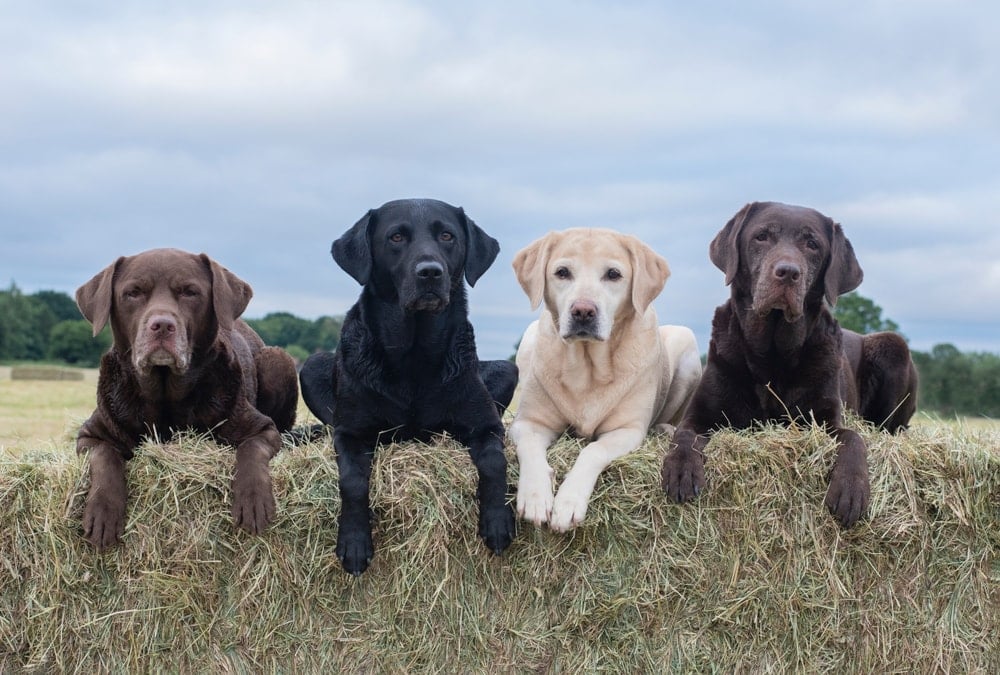
1. Pedigree Papers
When you are purchasing a purebred Labrador, the breeder will give you the registration document that will have the names of both parents. Most will also give you a copy of the pedigree that will list the parent’s ancestors along with any titles they may have.
They will go back five generations. If the breeder does not give you a copy of the pedigree then they have to give you the registration document. You can order a copy of the pedigree document from the AKC after you have transferred the ownership of the puppy to you from the breeder.
Unfortunately, pedigree papers have limitations. Your Labrador is probably purebred if you have the right pedigree papers. There is always a chance that the breeder is dishonest. The stud dog owner can mate their female to one stud dog and then register the puppies to another stud dog.
As you can see, pedigree papers are not always a guarantee that the dog is purebred or the father listed is not the actual father. The Labrador could still be a purebred but the father is not correct
2. DNA Identification
For identification, it is now possible to have their DNA checked. You can buy a DNA test online or use a laboratory that offers this testing. You will do a cheek swab of your dog and send the sample into the lab. They will look at hundreds of sites within the DNA database and compare it with thousands of breed samples to help them determine what your dog’s ancestry is. The instructions as to how you do it and where to send it will be in the kit.

Purchasing a Purebred Labrador Puppy
When you are buying a purebred Labrador puppy make sure that all the paperwork is in order. Ask to see the registration papers because the breeder would have had to register the liter so the new owners could register their puppy.
Make sure that you meet the mother so make sure that you like how she looks. If it is not possible to meet the father, ask to see a certification of mating to determine he is the father and request to see photos of the father. If the puppies have markings on them that you do not like, then do not purchase the puppy.
Some purebred black Labradors will have white markings. A purebred chocolate Labrador may also have brindle markings on them. The only problem with buying a purebred mismatched puppy is that you cannot enter them in a dog show.
Purebred Dilute Labradors
A dilute Labrador can be a purebred but there are times they may not be. Why they are rejected as a purebred is because their coat is not the standard yellow, black, or chocolate. Instead, their coat can be charcoal, champagne, or silver.
The Labrador receives a gene from each parent. If the Labrador receives two recessive genes, then the color of the dog’s coat can come out a bit off even if it is a purebred. Black can be a bit dusty or charcoal; chocolate can be silver or taupe, and yellow like champagne.
Conclusion
- The associations that qualify whether a Labrador is a purebred or not are the American Kennel Club (AKC) and the Labrador Retriever Club, Inc
- If you are trying to use visual assessment to tell if your Labrador is a purebred, they are the least accurate way to do so especially if you are trying to determine if the black Labrador is a purebred.
- When doing a visual assessment, remember that crossbred Labradors may look like purebreds while a purebred Labrador may not always look like a purebred.
- Sometimes a purebred Labrador is mismarked. It is a mark that the typical breed standards forbid. One common example is a white patch on the chest. The mismarks are just genetic accidents.

